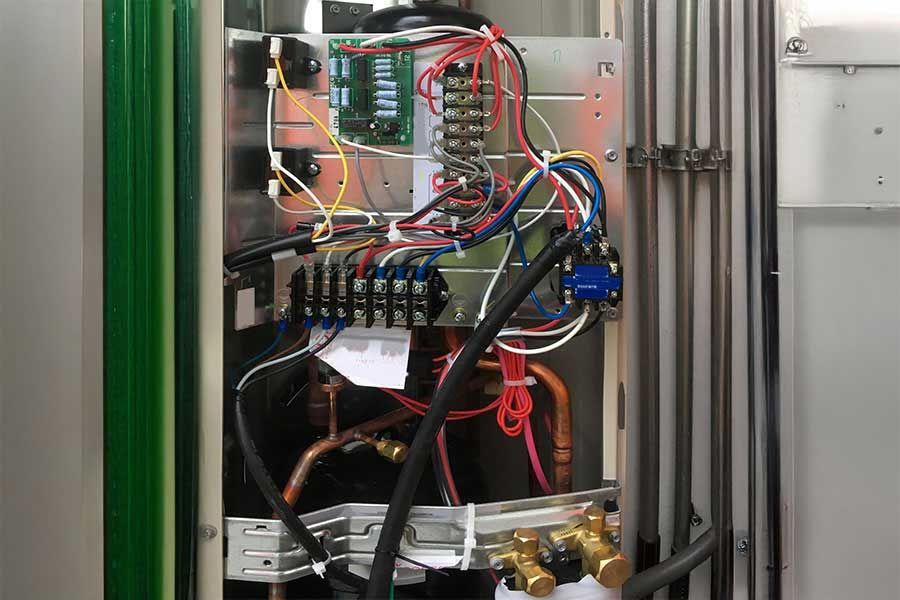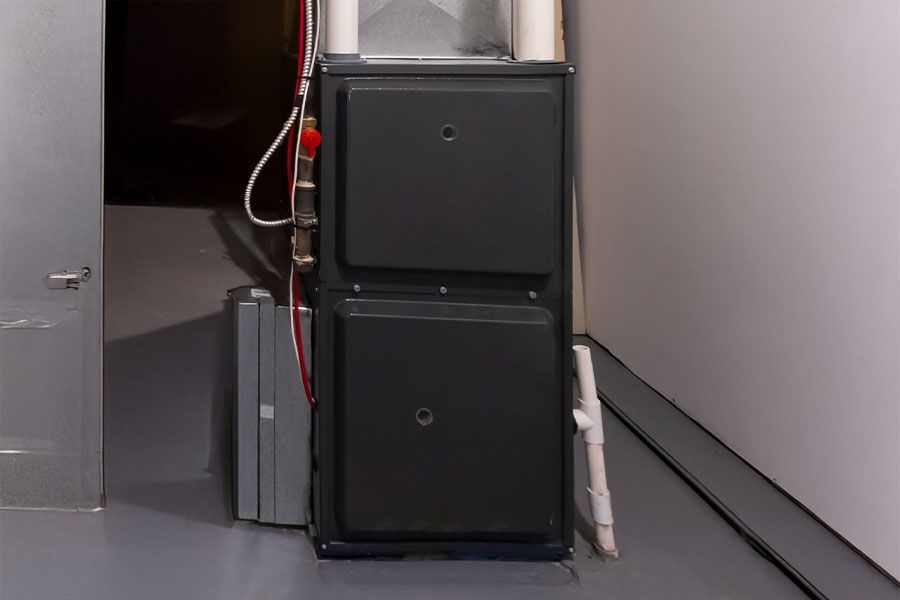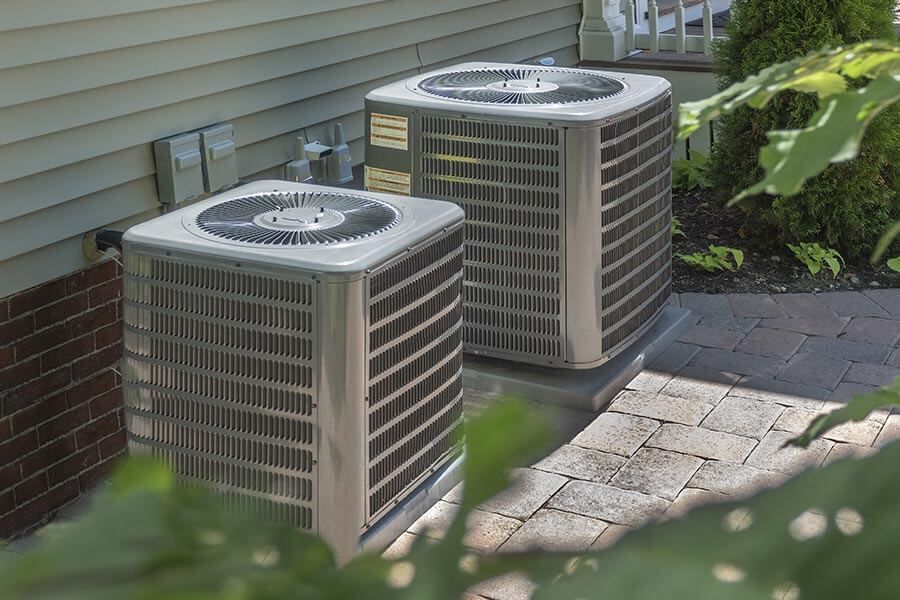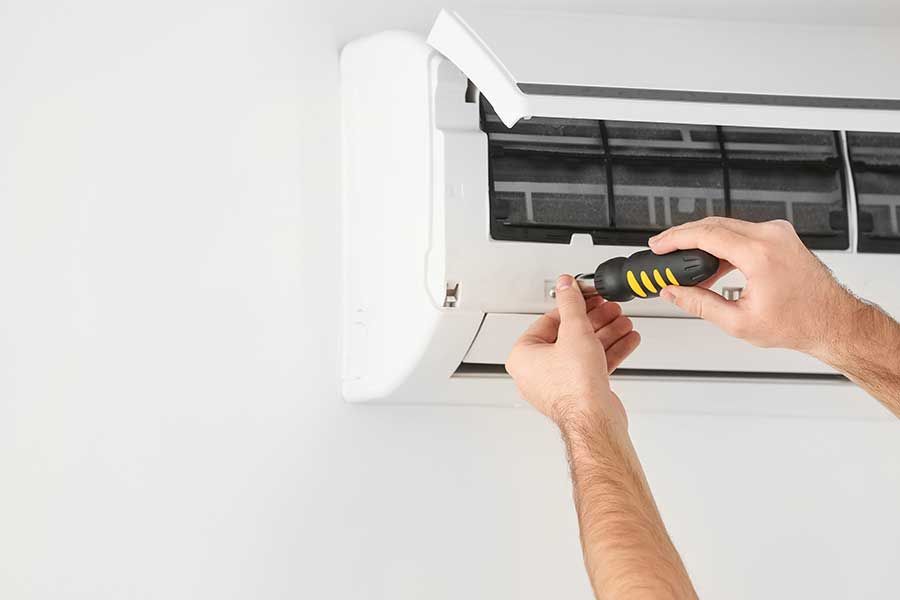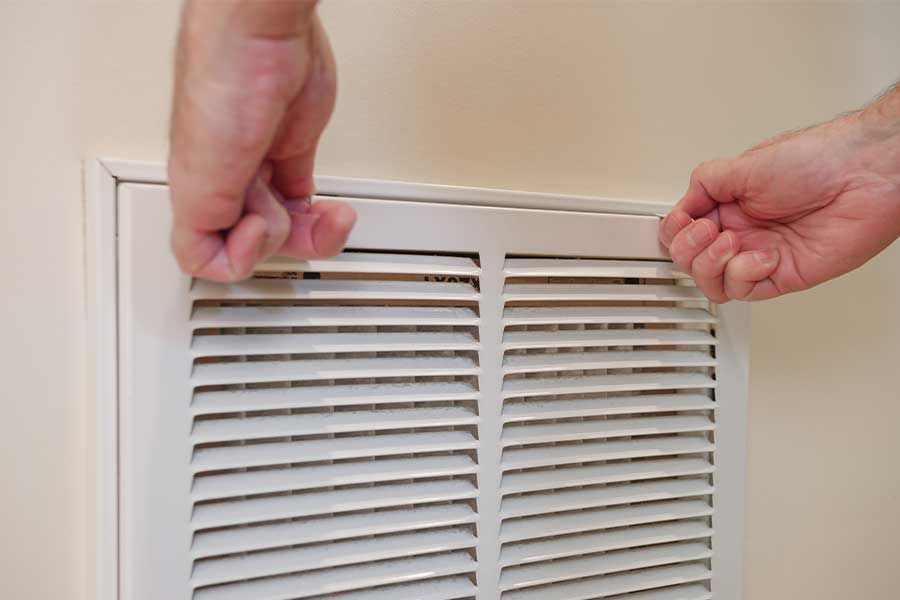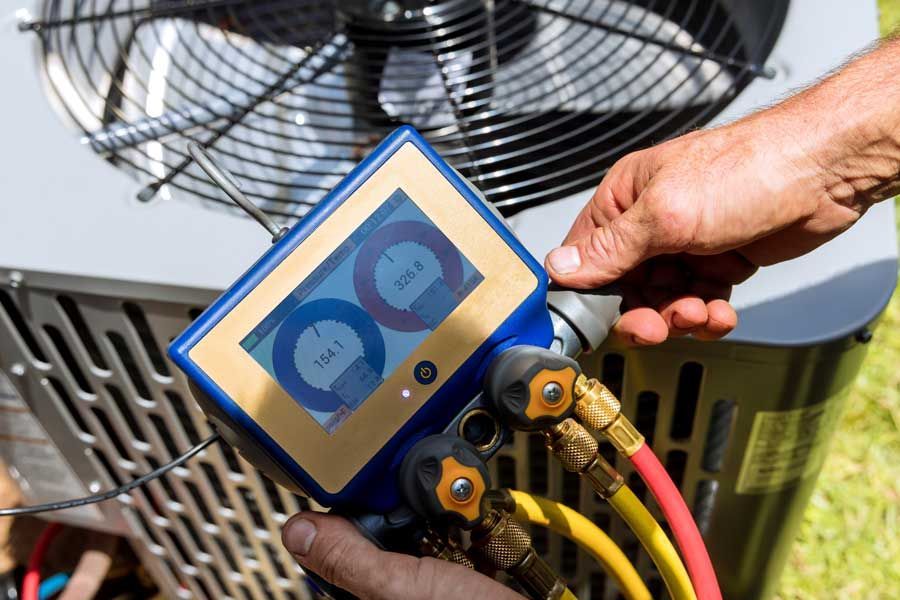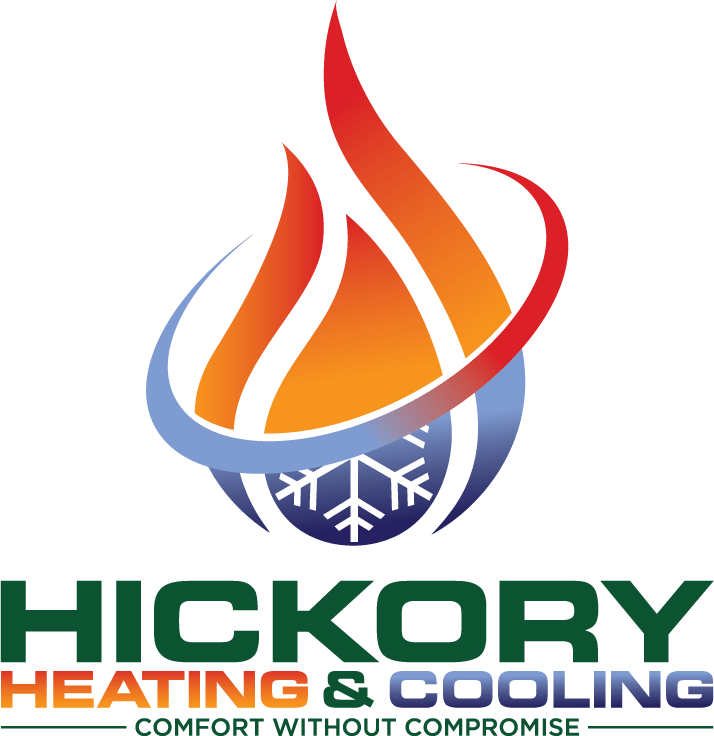A Complete Air Conditioner Maintenance Checklist
Most homeowners know their air conditioning systems should have regular maintenance to keep them running smoothly and efficiently. The best time to check your AC is in the spring before the weather heats up.
During a typical service call, professional technicians consult an air conditioner checklist to catch any problems that could affect your performance. This allows them to assess the condition of your unit and figure out the best solution.
Hickory Heating & Cooling LLC, the top HVAC contractor in Hickory, NC, wants you to know what to expect when your AC technician comes to your door. If you have any questions about the maintenance process and the condition of your air conditioner, don’t hesitate to ask. Any reputable contractor should be willing to guide you through the process and explain it in clear language.
Consultation With the Customer
A maintenance technician should not dive into an air conditioner maintenance checklist without talking to the customer about their experiences with the air conditioning system. Tell the technician about any problems you are experiencing and changes in your air conditioning usage since your last maintenance check-up.
Step 1: Changing the Air Filter
The air filter in an AC system keeps the air free of impurities that can damage the air conditioning system, wear out the blower motor, and make the air smell stale or moldy. If you have allergies, asthma, or respiratory conditions, a dirty filter could make them worse.
Step 2: Ensuring Proper Airflow
In addition to the air filter, other parts of the air conditioning system could become clogged or obstructed, preventing air from moving freely through the ductwork and around the evaporator or condenser coils.
The air conditioning system depends on the free movement of air to allow heat to dissipate outside while drawing heat into the evaporator coils for cooling to continue the cycle. If the coils become dirty or obstructed, the evaporator coils could freeze, and the condenser coils could overheat. Either way, they could sustain damage, and the air conditioner will no longer cool your house effectively.
Step 3: Making Sure Water Is Draining Properly
The indoor AC unit causes moisture to condense from the air. If that moisture cannot drain, it will cause the drain pan to overflow, flooding the area around the unit with water. The water could cause property damage, damage drywall, and promote mold growth.
An air conditioning maintenance technician will check your AC system for:
- Any ice around the evaporator coils
- Leaves, weeds, and branches around the outdoor AC unit
- Problems with the fan blades or fan motor in the outdoor AC unit
- Blockages in the ductwork
Step 4: Inspecting the Evaporator Coils
Your evaporator coils may need cleaning as often as every three months to prevent dirt buildup. If your evaporator coils freeze because of dirt and insufficient airflow, the maintenance technician will carefully thaw the coils and remove the ice to avoid damaging them. Whether or not there is ice present, the technician will clean off any dirt accumulation to ensure optimal contact with the air.
Step 5: Inspecting and Cleaning the Condenser Coils
The maintenance technician will clear away any plant material in the vicinity of the outdoor unit. Once they remove the offending vegetation, they will vacuum the coils and clean them with a solution. To prevent the condenser coils from overheating, the technician will lubricate the fan motor, check the blades, and test that the fan is working.
Step 6: Looking For Any Wiring or Electrical Problems
The air conditioner depends on wiring to connect the AC control panels and sensors to the blower and fan motors. If any connections fray or fail, the air conditioning system might stop working or behave unpredictably. At worst, a faulty connection could cause smoke, heat, or a fire.
Your AC technician will have diagnostic equipment on hand to check each circuit and repair any that aren’t working properly.
Step 7: Calibrating Sensors
If the temperature sensors in your air conditioning system fail, they could cause the system to stop working, work less efficiently, or work too hard, shortening the lifespan of your AC. The maintenance technician will check that your AC is operating well and that the air temperature it provides is in line with the thermostat reading.
Step 8: Cleanup and Performance Check
The last step of any air conditioner maintenance checklist is to test the overall performance of the cooling system and clean up any supplies, equipment, and remaining debris.
HVAC Maintenance
If you have an HVAC system, you should schedule two service calls: spring/summer servicing for your cooling system and a fall/winter service call for your heating system. Since your HVAC system uses the same ductwork to heat and cool your home, damage to the air conditioning system could cause problems for your furnace and heating system.
In addition to the air conditioner maintenance checklist, the furnace maintenance regimen includes an in-depth furnace inspection and winterization process.
For Diligent, Dependable Air Conditioning Maintenance, Choose Hickory Heating & Cooling LLC
At Hickory Heating & Cooling LLC, we don’t want our customers to face an emergency loss of cooling or unnecessary repairs. You can count on us to maintain your air conditioning system. We will go over every inch of your system and inspect all components. If you need repairs, we will explain the problem in clear, simple language and evaluate your options.
Did you know that you can extend the life of your AC and keep your energy bills low by changing the settings on your thermostat? Call Hickory Heating & Cooling LLC at (828) 439-0790 to:
- Learn the appropriate summer AC temperature for your system
- Discover maintenance steps that you can take to keep your AC running smoothly
- Schedule an appointment for regular air conditioning maintenance
- Discuss affordable maintenance plans
Save money by booking an annual agreement for HVAC services. You can depend on us to follow a comprehensive heating and air conditioner maintenance checklist to keep every part of your system working its best.
